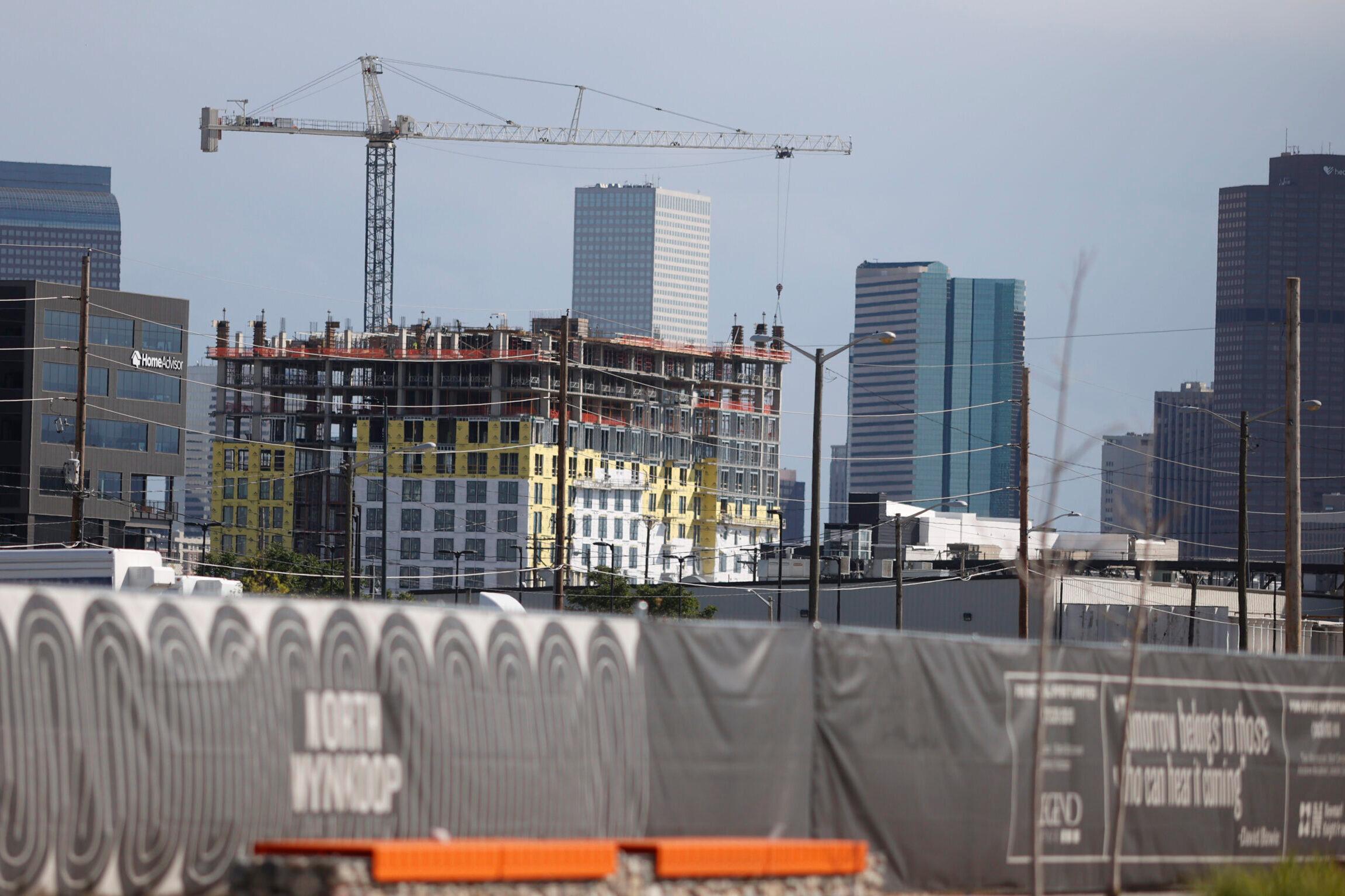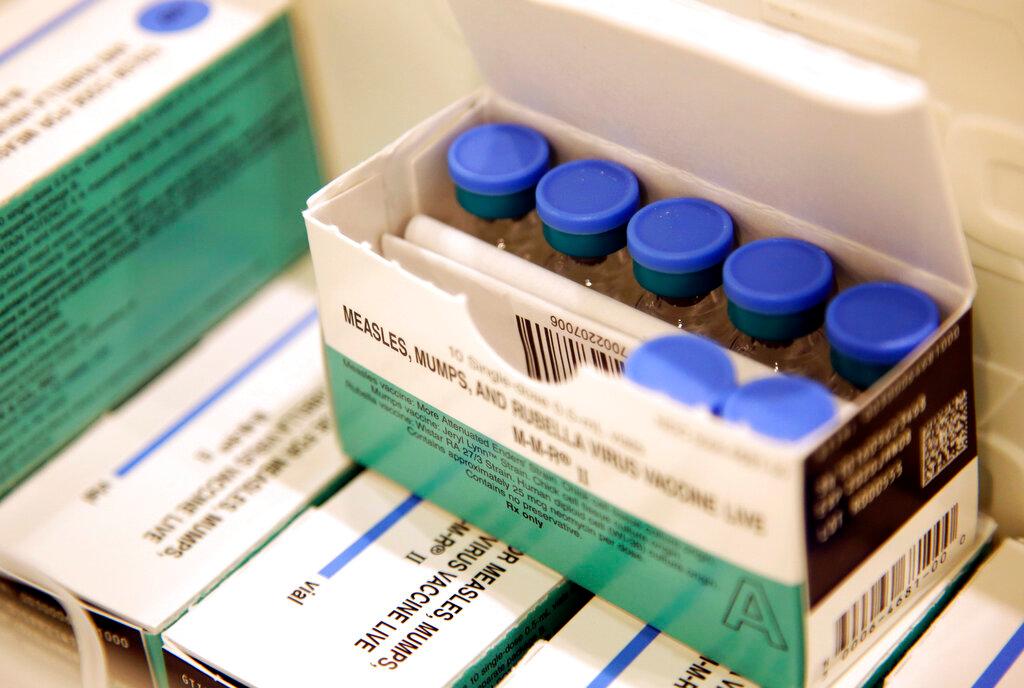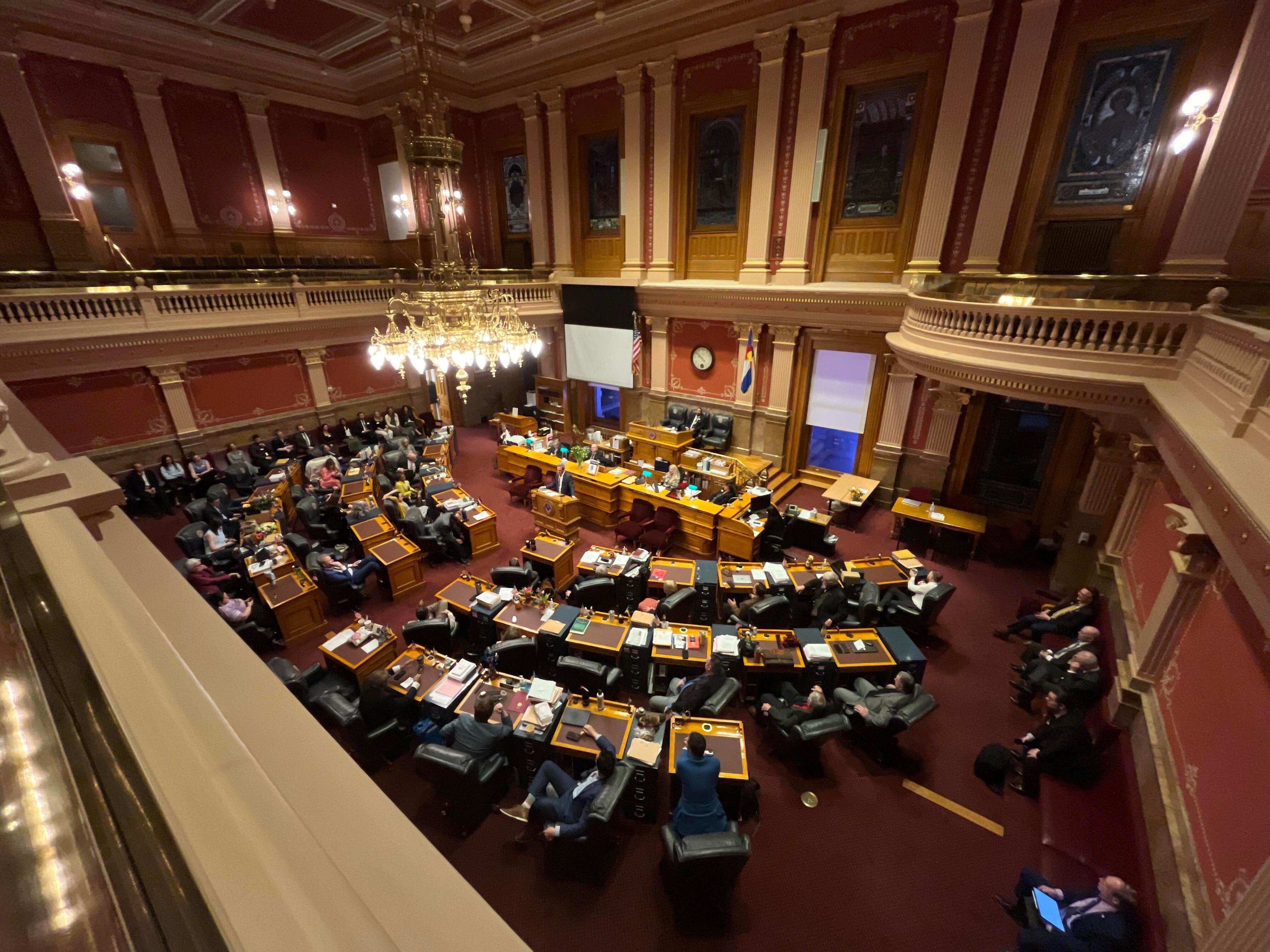
Priti and Wayland Boyd have known for a while that they wanted to move to Colorado. The couple lived in Napa, California, for 10 years. Mr. Boyd, who manages U.S. operations for two international wine brands, worked from home prior to the pandemic. Mrs. Boyd is taking time off from full-time work — they could go wherever they wanted.
The couple started looking for homes near Denver and Boulder before COVID-19 was on anybody’s radar. They thought it would be hard to sell their home during the pandemic. They were wrong.
“We finally decided to put our house on the market and then COVID hit, and we were thinking - will we be able to sell our home? We ended up listing our house and it sold within three days, way above asking,” said Mrs. Boyd. “That kind of began our journey.”
Real estate values in Colorado surged during the past decade as the state’s economy boomed. The market seemed to be slowing before the pandemic hit, giving hope to people that had been priced out of becoming homeowners. Now, sales have accelerated again. Unemployment is surging, businesses are closing, and it’s unclear how long fallout of coronavirus will persist. But in Colorado, a record 10,771 single-family homes sold in July. The median home price rose to $443,925, also a record, according to the Colorado Association of Realtors.
It’s difficult to pinpoint why the housing market is strong in the midst of a deep economic downturn. Low interest rates are a factor for many buyers. At the same time, there’s pent-up demand carried over from spring when people weren’t able to shop for houses in person, which effectively shut down the market during the start of the home-buying season.
The decision to buy a house is often driven by milestones such as the birth of a child or a new job. Those drivers didn’t disappear because of the pandemic, which could help explain why the market is still active.
The Boyds’ were drawn to Colorado by the outdoor lifestyle and activities for their children, who are excited about winter sports. The couple wanted a lower cost-of-living, without sacrificing easy access to nature. They were surprised when they found themselves in a bidding war on a five-bedroom home in Vista Ridge, a planned housing community about halfway between Denver and Boulder. The competition felt similar to what was happening in Northern California.
Prices started to shoot up in June when the governor’s stay-at-home order lifted, according to Mrs. Boyd.
‘’All of sudden, homes were disappearing in 24 hours,” she said.
The couple recently went into contract on the $651,000 Vista Ridge home. They were worried about being shut out of Colorado’s housing market if the offer wasn’t accepted.
Kelly Moye, a spokesperson for the Colorado Association of Realtors and the agent at RE/Max Alliance representing the Boyds, expects more of the same.
“I don’t think a slow down is coming anytime soon,” said Moye.
Some deals may be driven by people looking for more room after being stuck at home for several months, according to Jill Schafer, a realtor with Kentwood Real Estate.
For Erin and Gabriel Monty, the decision to purchase their first home was due to a mix of factors — from interest rates to cramped quarters to frustration with the landlord.
“We just didn’t have the space to have both of us have work setups, and every time somebody made a business call, you could hear it… If he was on a really important call I had to tiptoe around,” said Mrs. Monty. “There was just nowhere to go except if I went in the bedroom with the door shut, and that’s really not an optimal work environment.”
The couple just closed on a 1,800 square-foot home in Englewood, an upgrade from their 1,100 square-foot apartment in Highlands Ranch.
If it wasn’t for the pandemic, the couple would likely have waited until the end of their lease to buy. When they did the math, they realized their monthly mortgage payment would be comparable to their rent payment. In addition, many of the amenities that attracted them to their apartment complex, such as the pool and gym, were closed or limited by the pandemic, and their landlord wasn’t offering concessions.
The Montys’ house payment — including taxes and insurance — comes to $1,875 per month, compared to $1,650 for the rent.
One of the biggest drivers of the rise in prices is the lack of inventory, a persistent problem in the Denver metro that has only gotten worse in recent months. In July, the number of active listings statewide was down 42 percent compared to the year before. The lack of options pushes buyers to offer more when they find a home they like.
Some homeowners decided not to list homes on the assumption it would be difficult to sell during an economic recession brought on by a global pandemic, according to Danielle Hale, the chief economist at Realtor.com.
“People expected that once we entered a recession ... home prices might fall, or at least weaken, because that’s what we saw during the last recession,” Hale said. “But of course, that isn’t what we’ve seen.”
The housing market was in a very different state when it crashed in 2008, saturated with a glut of newly built homes, she said. Homeowners are slowly starting to recognize that the current downturn could be different, which may mean more homes are put on the market in the coming months, she said.









